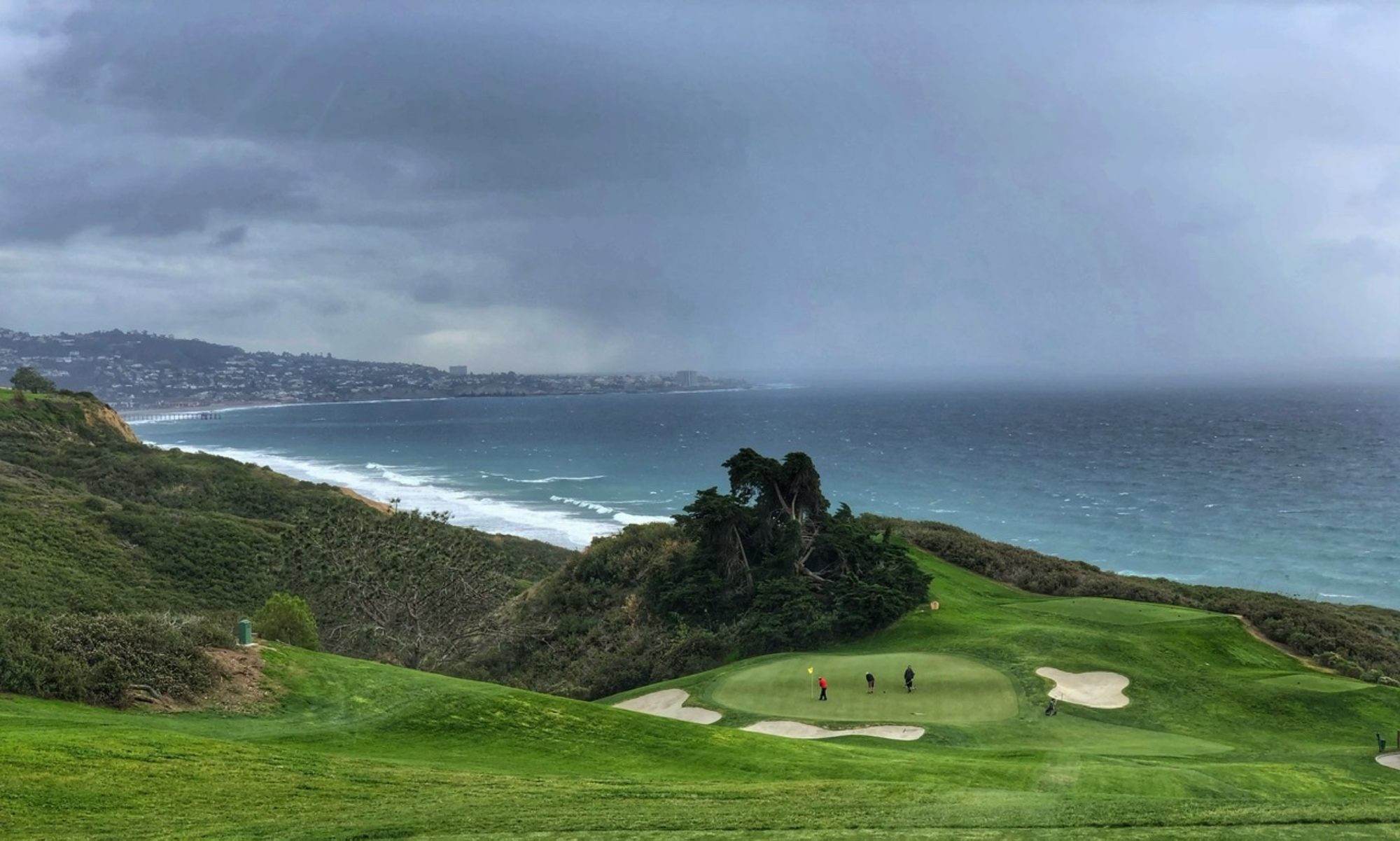In the grand tapestry of geologic time, the Wasatch Range is a relatively young creation, formed millions of years ago when the forces of plate tectonics lifted the mountains from the floor of the Cretaceous Seaway, a vast inland sea that once spanned much of North America. As the land shifted and rose, what was once a shallow marine environment became a towering range of mountains that now rise above the valleys of northern Utah. To walk through this range is to step back into time, touching the remnants of an era when dinosaurs roamed these lands, and primordial lakes shimmered in the sunlight.





Today, as humans, we are privileged to explore these mountain trails, witnessing the beauty of creation in its most elemental form. It’s not just rock and soil beneath our feet, but the accumulated artistry of nature over eons—crafted by forces far beyond our control, yet generously shared with us.
One of the most enchanting ways to experience this ancient landscape is through the Stevens Cascade Trail #056, a beautiful hike nestled in the heart of the Wasatch Range, near Sundance, Utah.
The Path Through a Living Tapestry
The Stevens Cascade Trail winds through the dense forests and open meadows of the Wasatch Range, showcasing an array of tree species that thrive in this alpine environment. Towering Douglas fir, blue spruce, and quaking aspen create a canopy of green, offering both shade and beauty to hikers. In the spring and summer months, wildflowers such as Indian paintbrush, lupine, and columbine bloom in vibrant colors, carpeting the meadows and contrasting with the rugged mountain backdrop.
As you walk the trail, you are surrounded by the hum of life. The melodic song of birds, the soft rustle of leaves in the wind, and the occasional sight of a deer or moose grazing quietly remind you that this is not just a place for humans, but a sanctuary for wildlife. The Wasatch Range is home to a variety making every hike a true wilderness experience.
The Waterfall: Stevens Cascade
One of the trail’s most captivating features is the Stevens Cascade, a waterfall that tumbles gracefully down a series of rocky ledges, creating a peaceful, almost meditative atmosphere. The sound of the rushing water, combined with the sight of it glistening in the sunlight, is enough to leave you mesmerized. This waterfall, fed by snowmelt from the peaks above, serves as a reminder of the vital role water plays in this ecosystem. It nourishes the trees, the flowers, and the wildlife, and refreshes the weary hiker who comes across it.
The trail to the waterfall is moderate in difficulty, with a few steep sections, but the reward of reaching Stevens Cascade is well worth the effort. As you stand before the waterfall, you can feel the cool mist on your face and hear the soothing sound of water cascading over rock—an invitation to pause, breathe, and appreciate the wonders of nature.
Sundance Resort: A Legacy of Preservation
The Stevens Cascade Trail is just one of many natural wonders surrounding Sundance Mountain Resort. Founded by actor and environmentalist Robert Redford in 1969, Sundance Resort has become a hub for outdoor enthusiasts and nature lovers. Redford’s vision was to create a place where people could connect with the environment while preserving the natural beauty of the area. His efforts have helped maintain the pristine conditions of the resort and its surrounding trails, ensuring that future generations can continue to enjoy the wilderness.
Redford’s commitment to conservation is evident in every aspect of the resort, from the sustainable building practices to the emphasis on environmental education and the arts. Sundance isn’t just a destination for skiing or hiking—it’s a place where people are encouraged to reflect on their relationship with the natural world and to become stewards of the land.
The Wild Symphony
Throughout the seasons, the landscape of Stevens Cascade Trail changes, offering hikers a new perspective each time they visit. In spring, the meadows are alive with the soft colors of blooming wildflowers, and the trees are flush with new leaves. By summer, the sun casts golden rays across the mountains, and the wildflowers are in full bloom. Fall brings a breathtaking display of color as the aspens turn golden yellow and orange, contrasting with the deep green of the conifers. Even in winter, the trail is transformed into a peaceful wonderland of snow and ice, with the waterfall partially frozen in time.
And amidst all of this natural beauty, there’s a deep sense of reverence that one cannot help but feel. We are, after all, just visitors here. The mountains, the trees, the animals—they have been here long before us and will remain long after we’re gone. But for a brief moment, we are given the privilege of walking among them, of witnessing the raw beauty of God’s creation.
A Hike for All Time
The Stevens Cascade Trail #056 is more than just a hike—it’s an invitation to reconnect with the earth, to appreciate the complex and delicate web of life that sustains us all. As you walk this trail, you’re reminded of the ancient forces that shaped the land and the living things that call it home. Whether you’re standing before the waterfall, watching the wind ripple through the aspens, or catching a glimpse of a wild animal in the distance, you can’t help but feel a sense of gratitude.
Here, in the Wasatch Range, where mountains rise from the floor of an ancient sea and life flourishes in abundance, we are offered a glimpse into the very heart of creation. And in that moment, we are reminded of the immense privilege it is to walk this earth, if only for a short while.

























